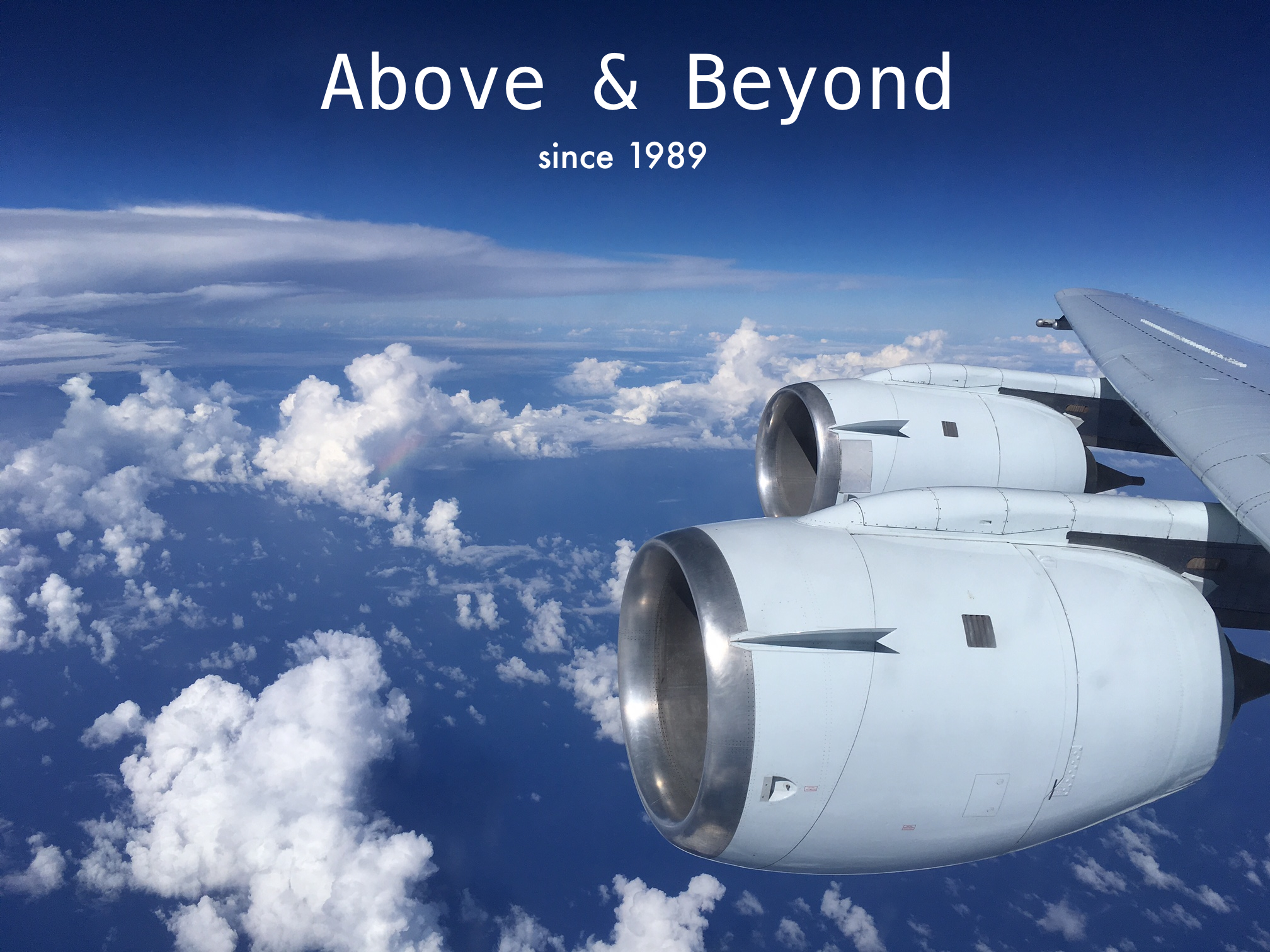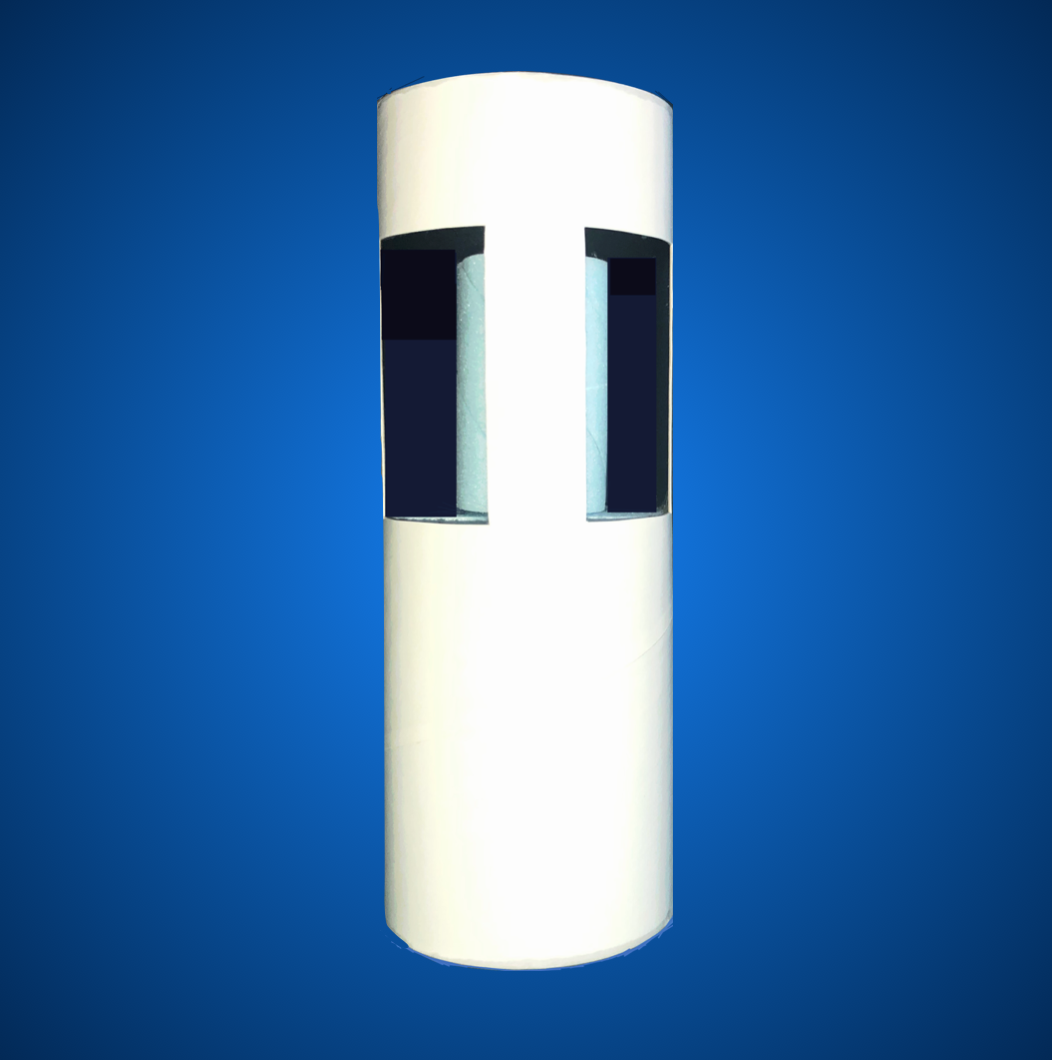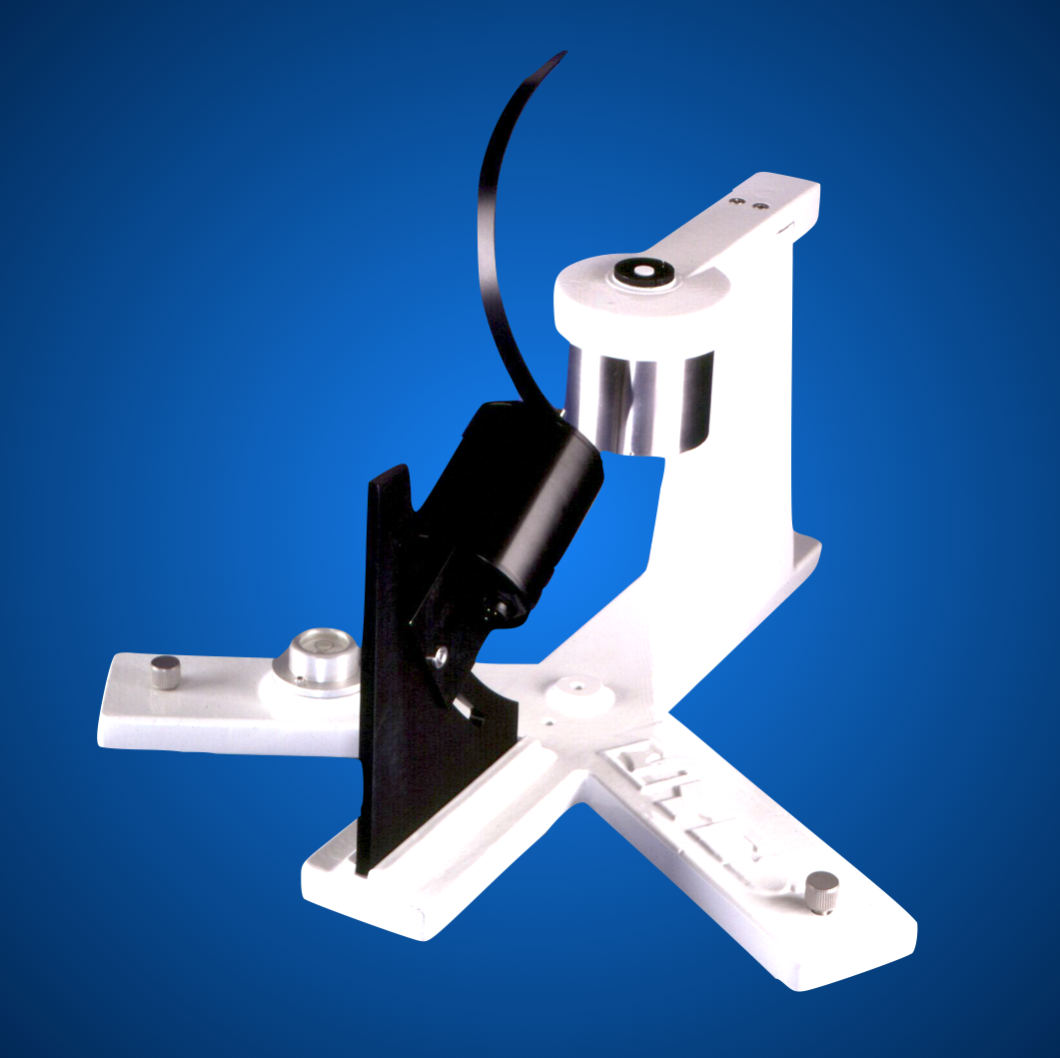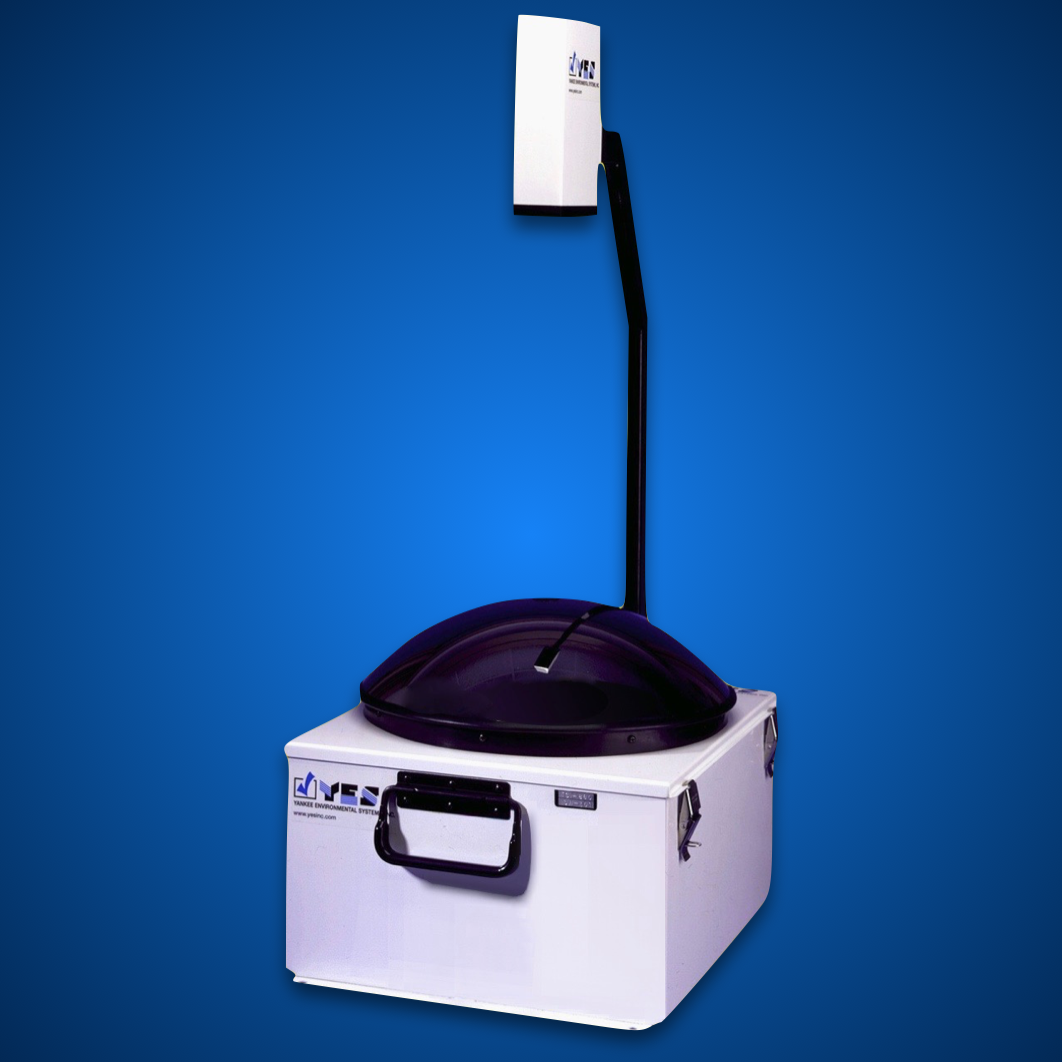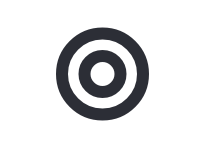Surface Weather FAQs
Can I use sampling tubes of silicon rubber?
Sampling systems are highly application-specific and are critical to achieving rates sensor specifications. We recommend using Teflon tubing or stainless steel....all other types tend to hold moisture in their walls and act as sponges, causing high humidity readings. See our application note on sampling systems for more information.
What is the response time of a typical chilled mirror hygrometer?
The response time of the instrument depends on the dew point at which it is operating. At dew points above 0° C, it has about a 15 second 68% response to a step change. Below 0° C, the instrument measures frost point, and the response is slower, mainly because of the outgassing characteristics of the sampling lines, and the reduced availability of water vapor for the deposit.
What is the required sample flow rate for a chilled mirror dew point hygrometer?
You need to supply a flow rate of 0.25 to 1.5 scfh (standard cubic feet per hour). It is generally not affected by changes in flow rate over this range. Higher flow rates constitute a higher heat load on the chilled mirror but ensure faster response to changes in dew point. The lower flow rates are less of a heat load, but are accompanied by somewhat slower response, as it takes longer to flush out the mirror chamber.
What pump type should we use for moving a gas sample through a chilled mirror dew point hygrometer?
Just about any small laboratory-type dry diaphragm pump capable of moving a few SCFH of air at atmospheric pressure is adequate. Avoid pumps that use oils as lubricants.
How often will I need to clean the mirror in a chilled mirror dew point hygrometer?
This of course depends on the nature and amount of contaminants in the gas sample. Meteorological measurements in rural areas have been known to give accurate results for up to a year without cleaning the mirror. Locations near highways with heavy hydrocarbon loads require monthly cleaning. Industrial installations on heat treating/nitriding ovens may require daily cleaning.
How is a chilled mirror dew point hygrometer made NIST Traceable?
Systems are checked against an independent NIST Traceable Dew Point Hygrometer which is maintained at YES as a transfer standard.
Do I need to recalibrate a chilled mirror dew point hygrometer? How often does it need to be done?
One of the most valuable attributes of any chilled mirror hygrometer is that it does not need routine recalibration. The primary cause of error is mirror surface contamination, and if the mirror is kept reasonably clean, there is little change in accuracy.
Remember, a chilled mirror hygrometer is essentially a primary measurement of water vapor pressure in terms of dew point temperature-if you heat the mirror a fraction of a degree and the dew deposit evaporates as evidenced by an abrupt change in reflectance, then that mirror is (was) at the dew point. Ultimately, the question boils down to "What is your acceptable mirror temperature sensor uncertainty?" The accuracy of the mirror temperature PRT can be checked by soaking the entire sensor in a constant temperature bath and comparing it to the known bath temperature.
Can I import the data from the LabVIEW monitor program into another application?
Yes, the LabVIEW software supports OLE2 communications into another MS-Windows application. You can either pipe data to a file or to another application that is running under Windows 9x/NT/2000/XP.
What is the maximum depression of a chilled mirror dew point hygrometer? Down to what dew/frost point temperature will the system measure?
The maximum dew point depression of any chilled mirror hygrometer depends on several factors, such as flow rate and the thermal conductivity of the gas. For our two stage systems such as the DPH-2020 and PVH-2020, the best case is about a 60° C depression, i.e., a 60° C difference between installation ambient temperature and the lowest measurable dew/frost point. This means if you have the hygrometer installed at a temperature of 25°C, you can measure frost points to as low as -35°C. Cooling air or water on the hot side of the thermoelectric cooler can be used to reduce the lowest frost point limit.
Are you on GSA or government pricing?
No

